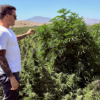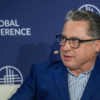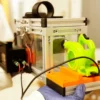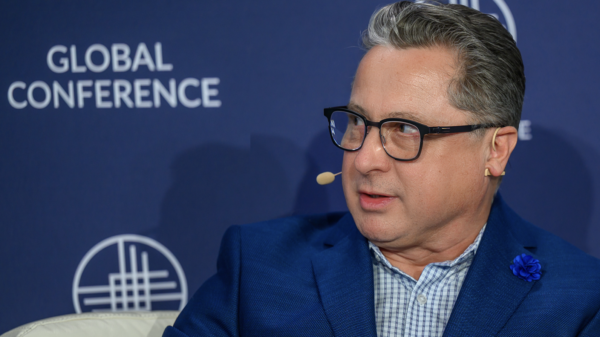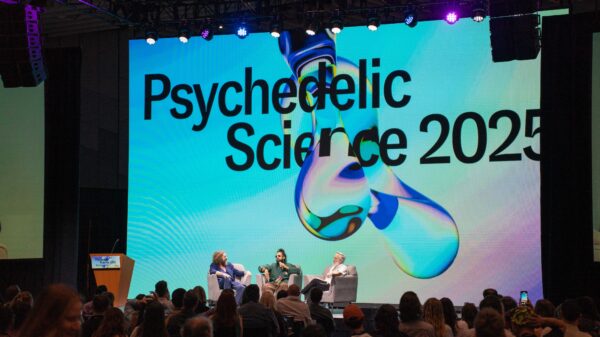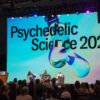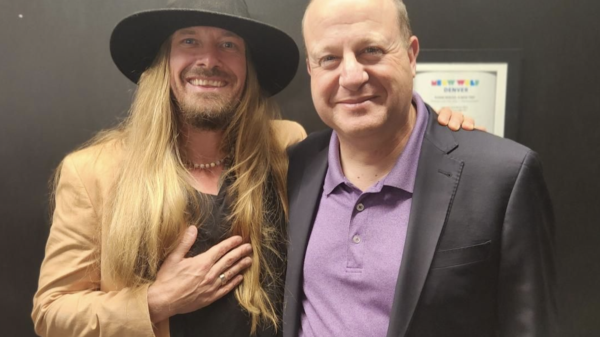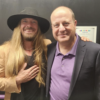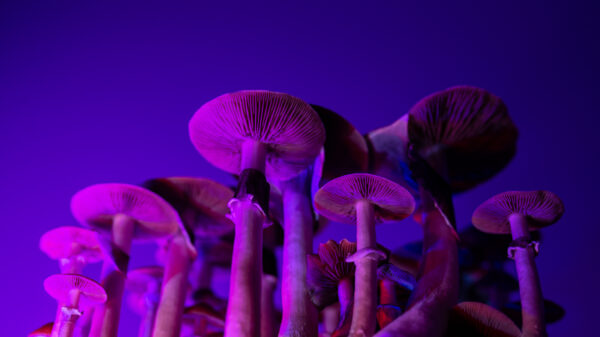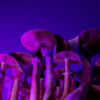The Multidisciplinary Association for Psychedelic Studies has partnered with a group of artists from various niches in the music industry to offer playlists custom-tailored for tripping.
The “Music is the Bridge” campaign launched Monday will also provide listeners with a free informative psychedelic education course.
“This campaign unites the medical, mystical, mainstream, and marginalized through the power of music,” MAPS representative, Devon Phillips, said in a statement, “offering individuals transformative tools for self-discovery.”
One of the most well-known artists to craft a trippy playlist for the campaign is Lil Yachty. Psychedelics have had an immense impact on his creativity. The rapper said he had taken LSD over 100 times in a 2022 interview. In 2023, he released the psychedelic rock album “Let’s Start Here.”
Another to make a playlist in partnership with MAPS, the French artist CloZee, is known for her psychedelic EDM sounds and visuals. She has become a staple at music festivals around the globe.
Psychedelic Fundamentals, an educational course being offered through the campaign free of charge, will enlighten listeners about the history of psychoactive substances, emerging research, therapeutic applications and other must-know information. It can be accessed by signing up here.
Additional artists contributing custom-made playlists for psychonauts include Melissa Etheridge, Reggie Watts and Brandon Boyd. They also say their music has been significantly inspired by psychedelic experiences. These playlists are available on Spotify and will be updated on a monthly basis.
Check out my playlist for @MAPS program Music Is The Bridge alongside some other sweet curators. https://t.co/IcHxu9j10e
— Brandon Boyd (@mybrandonboyd) December 9, 2024
Read more: Detroit’s ‘Psychedelic Healing Shack’ determined to open back up after police raid
Read more: If you thought garden gnomes were trippy, just wait till you hear this
Music for psychedelic healing is nothing new
Indigenous groups in the Amazon rainforest have been using music to heal people under the influence of the DMT-infused ayahuasca brew for thousands of years. The songs or “icaros” they use to help accomplish this are an integral part of their shamanic practices.
This method of sound healing is practised by the Shipibo and Asháninka groups in Peru, the Kichwa in Ecuador and the Siona in Colombia, among others.
To the north, Indigenous groups in the American Southwest have been known to integrate music into psychedelic ceremonies for many years. The Native American Church and Peyote Way Church of God for instance, which use the peyote cactus as a religious sacrament, utilize drumming and singing of an alternate nature to enhance the experience of those ingesting psychedelic cacti that grow in the area.
In Africa, singing, chanting and other music is used in ceremonies involving the powerful psychedelic iboga. This entheogen has been used in Gabon in particular for hundreds of years.
More recently, institutions like Imperial College London, Johns Hopkins, the University of California and MAPS have been using modern technology and practices to assess the impact of music on those who take more commonly used psychedelics like psilocybin or LSD.
rowan@mugglehead.com



